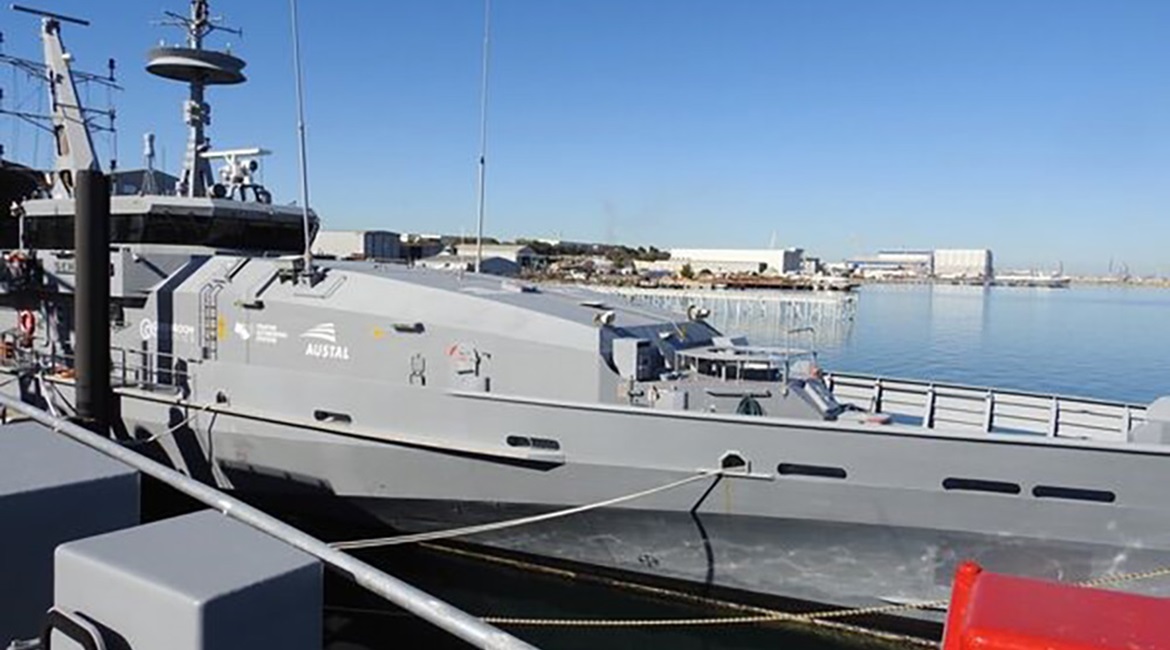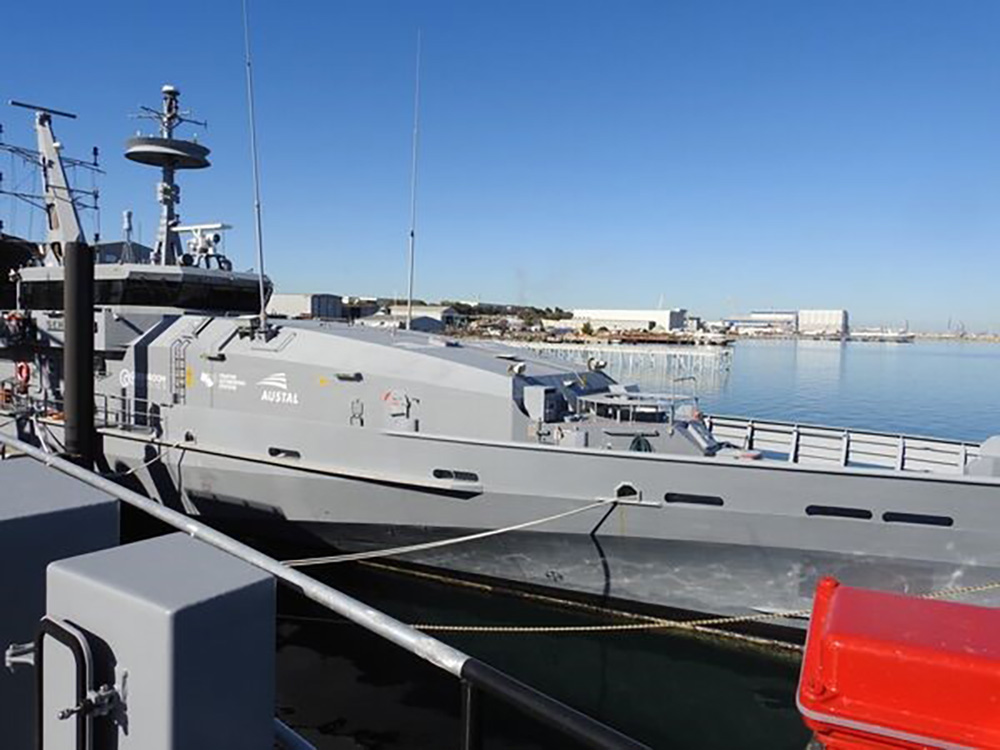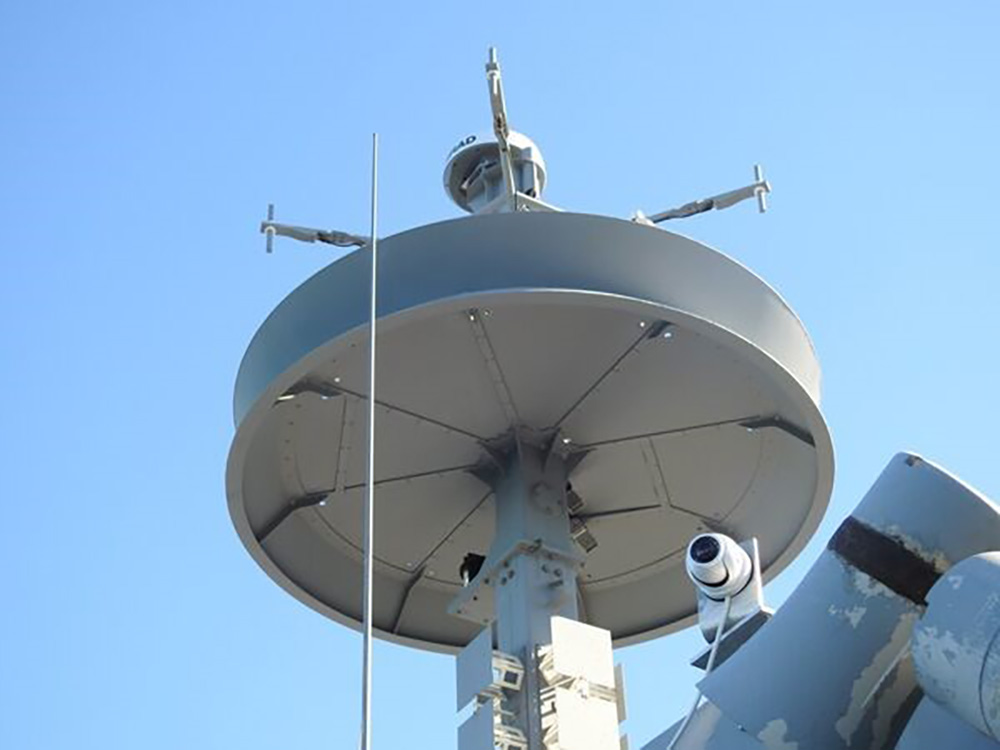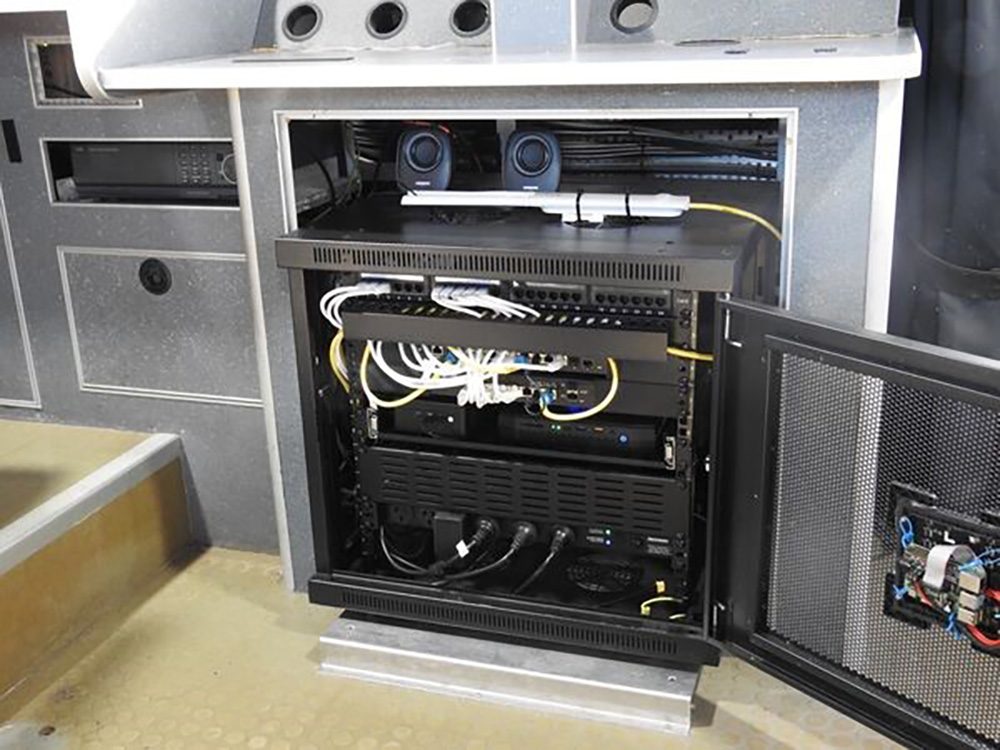
Date Posted: 13-Aug-2024
Author: Ridzwan Rahmat, Singapore
Key points
- Australia has completed several trials on the country's largest unmanned vessel project
- Experience gathered will inform the country's future unmanned requirements
In October 2020 then Royal Australian Navy (RAN) Chief Vice Admiral Michael Noonan released a strategy document known as the Robotics, Autonomous Systems and Artificial Intelligence (RAS-AI) Strategy 2040.
The strategy was issued in the wake of another policy document, the Defence Strategic Update 2020, which was launched by then Australian Prime Minister Scott Morrison amid what he called “the most consequential strategic realignment since the Second World War”.
Under RAS-AI Strategy 2040, the RAN will engage in constant experimentation and collaboration, among other efforts, to ensure that it is able to continue projecting force and maintain control over Australia's maritime regions and sea lines of communication.
In light of this document, Australian shipbuilder Austal saw an opportunity to contribute to the experimentation components of Australia's RAS-AI strategy.
Furthermore, this call for experimentation from the RAS-AI document appears to have been made in the right set of circumstances, especially given how the RAN was in the process of decommissioning its fleet of Armidale-class patrol vessels, originally designed and constructed by Austal.
Austal collaborated on a proposal to work on an unmanned concept with an Australian government-affiliated co-operative defence research centre known as Trusted Autonomous Systems (TAS) and the RAN's Warfare Innovation Navy (WIN) branch.
The shipbuilder subsequently teamed up with another Australian firm, maritime software and engineering company Greenroom Robotics, to utilise its navigational autonomy system, GAMA, on a retired vessel that can be used to validate autonomous and remote, uncrewed operating concepts for future naval vessels.
“We reached out with an unsolicited bid to the [Australian] government saying that there [are] a number of these Armidale-class vessels that are now being decommissioned,” said Mark Pleiter, Austal's Patrol Boat Autonomy Trial (PBAT) project manager, in an interview with Janes at Austal's shipbuilding facility in Henderson, Western Australia.
“We can take one of the Armidale-class, use the existing equipment facilities, and convert it into an autonomous platform to be able to have a real-world example of what an autonomous vessel would look like, because the lessons that you derive from a real vessel [are] so much greater than what you could from a simulated or paper-based exercise,” said Pleiter.
 The PBAT Sentinel started sea trials in October 2023. (Janes/Ridzwan Rahmat)
The PBAT Sentinel started sea trials in October 2023. (Janes/Ridzwan Rahmat)
Maitland to Sentinel
The proposal was subsequently approved by the Australian government and Austal was given possession of a decommissioned Armidale-class patrol vessel, formerly in service with the RAN as the HMAS Maitland . The vessel was handed over in June 2022.
This marked the start of Australia's PBAT project, and Austal was given the latitude to carry out modifications on the vessel so that it could carry out tests and evaluations of autonomous and remotely operated systems. Above this, it is a proof-of-concept demonstrator for optionally crewed or autonomous operations for the RAN into the future.
Further, trials that arise from the PBAT project would also explore the legal and regulatory pathways of operating an autonomous vessel at sea.
Maitland was one of 14 Armidale-class patrol boats commissioned by the RAN between 2005 and 2008. Incidentally, all 14 vessels in the class were built by Austal at its shipyard in Henderson, providing the shipbuilder with the familiarity to carry out the required modifications needed for the PBAT project.
The aluminium monohull Armidale-class displaces about 300 tonnes at standard loads and it has an overall length of 56 m, an overall beam of 9.7 m, and a hull draught of 2.2 m. Powered by two MTU 16V 4000 diesel engines, the vessel can reach a top speed of about 25 kt and a standard range of approximately 3,000 n miles at the cruising speed of 12 kt.
While it was in RAN service, the Armidale-class patrol boats were armed with a Rafael Typhoon weapon system that incorporated the M242 Bushmaster 25 mm gun and two 12.7 mm machine guns. These weapons were removed from Maitland when it was handed over to Austal for the PBAT project.
For PBAT, Maitland was renamed ‘Sentinel' and the vessel was incorporated with a data processing computer fitted with unmanned surface vessel (USV) control software GAMA. This component of the trial controls the vessel's autonomous navigation, including remote pilotage and control, and mission planning functions. This computer is located on the vessel's bridge.
Meanwhile, functions related to the monitoring and control of the vessel's engineering systems are undertaken by a separate Austal-developed software known as MARINELINK, which has been in use on various naval and commercial vessels for more than 20 years.
MARINELINK is an onboard integrated monitoring, alarm, and control system (IMACS) that has been modified to communicate with GAMA, providing Sentinel with autonomy over a large part of its operating systems and sailing functions.
Sentinel was registered with the Australian Maritime Safety Authority (AMSA), and initial sea trials for the vessel commenced in waters off Western Australia in October 2023.
 A view of the sensors oboard PBAT Sentinel. (Janes/Ridzwan Rahmat)
A view of the sensors oboard PBAT Sentinel. (Janes/Ridzwan Rahmat)
Data fusion
To generate the required data points for Sentinel's autonomous navigation functions, the vessel relies on three sources of information: input from the vessel's navigation radar, optical cameras mounted around the vessel, and the open-source automatic identification system (AIS). The navigation radar and optical cameras are commercial off-the-shelf (COTS) variants and are not specific to the PBAT project.
In addition, Sentinel was fitted with the HALO dome radar from Simrad that equips the vessel with close-range information on stationary and moving objects. This essentially provides Sentinel with a collision avoidance function.
Data from these sources are fused in real time within the GAMA software and this informs the vessel on how it should navigate the maritime environment, including the optimal waypoints to fulfil its mission requirements, the obstacles to avoid, and evasive manoeuvres that need to be taken should the need for these arise.
Meanwhile, MARINELINK provides other data points such as temperature anomalies and fuel injection rates, so that the GAMA software would be able to adjust the engineering-related parameters such as the vessel's engine revolutions per minute (RPM) and speed.
 The computer onboard Sentinel , which performs the various functions related to its autonomous operations, including the fusion of data received from the various sensors. (Janes/Ridzwan Rahmat)
The computer onboard Sentinel , which performs the various functions related to its autonomous operations, including the fusion of data received from the various sensors. (Janes/Ridzwan Rahmat)






